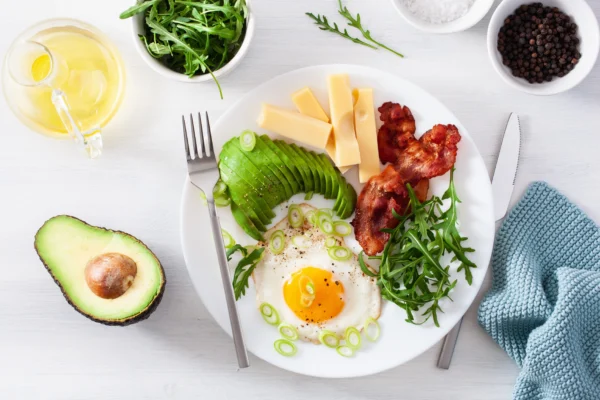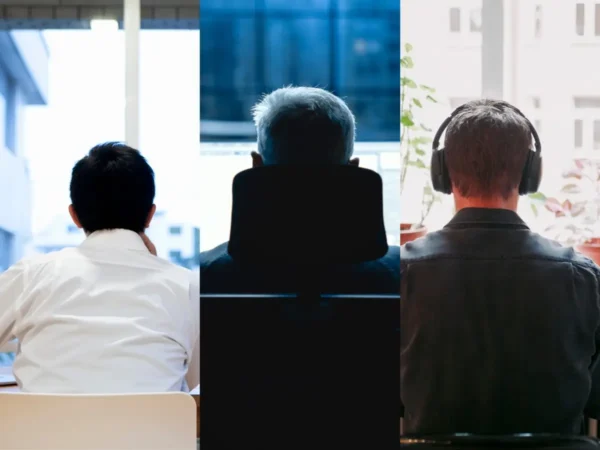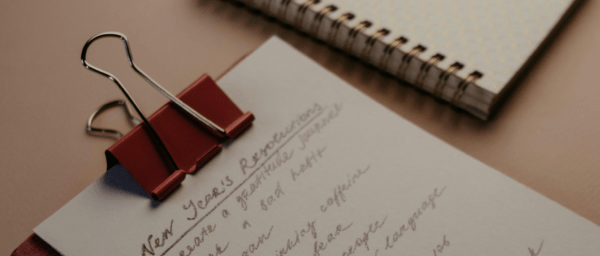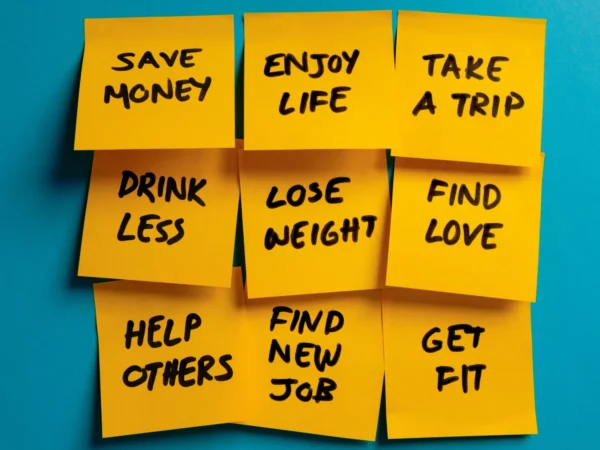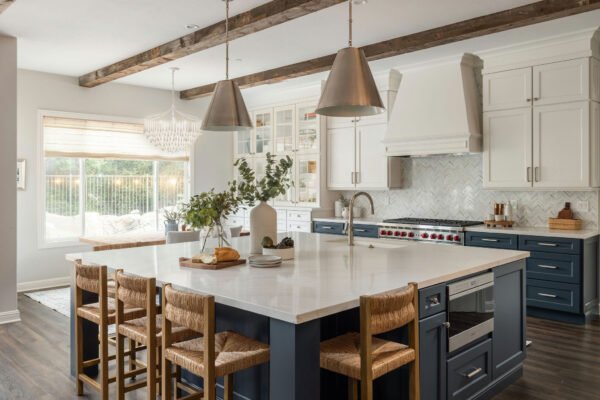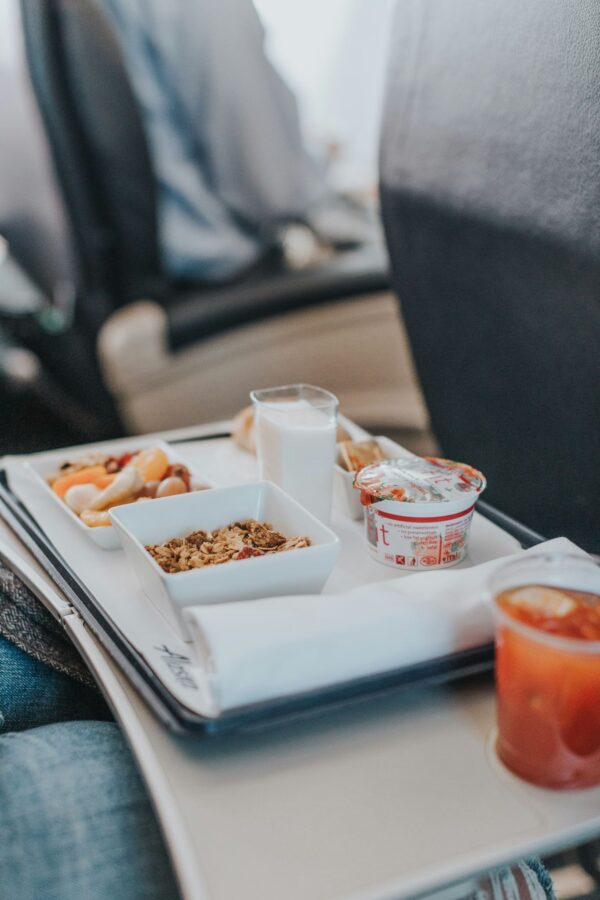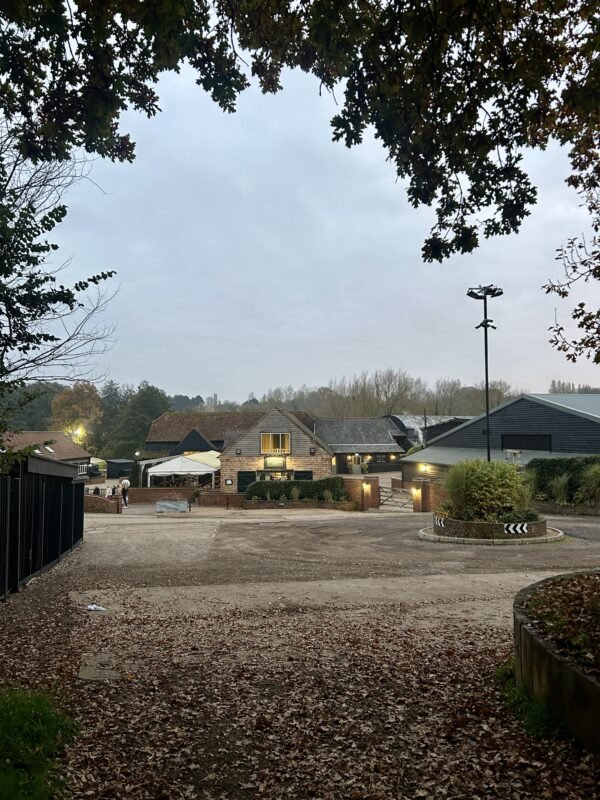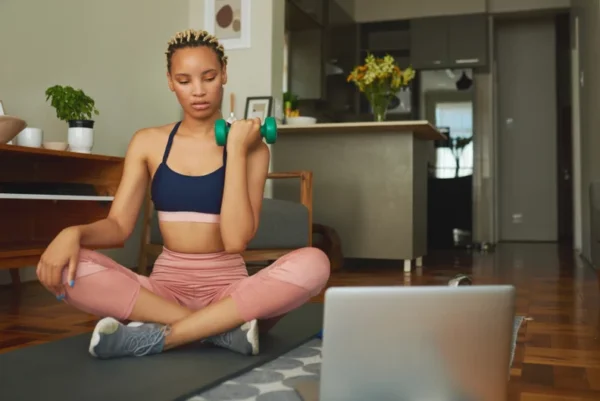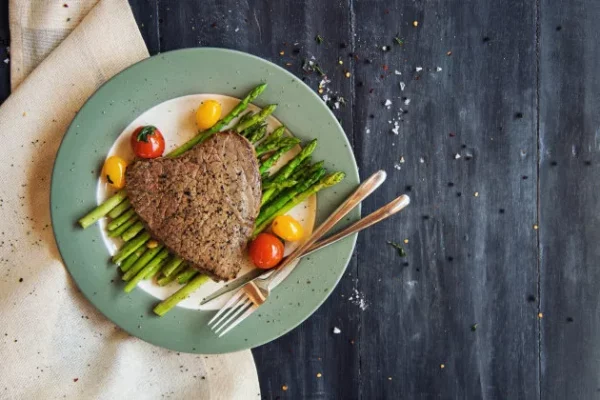
Biting Off More Than You Can Chew – How to Control Portion Size

Switching to smaller plates, meal prepping and using kitchen gadgets are some of the simple solutions to help healthy eaters control their portion size.
Food supplement retailer Skinnysprinkles.com has compiled the definitive list of tips to help dieters ditch their excessively large lunches and dinners in favour of more well-balanced meals.

Among the advice that will help put a stop to oversized portions are making sure you accurately measure food servings, meal prepping and sticking to a 20-minute rule before considering seconds.
Beneficial tips to control the quantities of food you consume include not skipping meals throughout the day, eating from a smaller plate and making sure you don’t cook any leftovers.
Other advice includes using gadgets to help with portion sizes and being able to work out when you’re full up.
Jane Hodgson from Skinnysprinkles.com said: “It’s important to know the exact portion sizes of each food group, especially if you’re looking to lose or maintain your current weight.
“Measuring an accurate portion size can be tricky, particularly if your eyes are feeling bigger than your belly, so knowing the best ways to avoid this are essential.
“Make sure that you familiarise yourself with the exact quantities of different foods that make up a portion, and once you realise how little an amount it is you’ll wonder how you ever managed to eat such large servings before.”
Here are the best ways to control your portion size, according to Skinnysprinkles.com:
Measure accurately
It might seem time consuming to correctly measure out the exact millilitres of oil or a portion of pasta by tablespoon, but it’s still the most accurate way to work out your serving size.
Use your hands
Measuring portion size against your hands is a quick and precise alternative to using weighing scales. For example, a portion of meat or poultry is roughly the size of your palm, cheese works out the size of about two thumbs and a portion of fruit should fit the size of your fist.
Use small plates
Overeating can often be attributed to the size of the plate you are serving on, as the larger the surface the more likely you are to try and fill it. Smaller plates will make your meals appear larger, helping you to reduce excessively big portions.
Gadget up
If you are prepared to spend a little cash to help work out your helpings of food then there are plenty of useful gadgets that can help. Tools such as portion scoops, spaghetti measurers and portion plates are most ideal.
Stick to the 20-minute rule
If you still feel hungry after eating, make sure to leave at least 20 minutes for your food to settle before going back for seconds. This will give you time to digest the food you’ve already eaten, and should help put a stop to any feelings of hunger.
Gauge when you’re full
Making sure you don’t overeat means making sure you don’t eat until you’re full. Try to gauge when you are feeling about 70-80% full and then stop, otherwise you’ll end up gorging on far more than your recommended number of portions.
Meal-prep for accurate portion size
Preparing your lunch and dinners in advance allows you to measure out an appropriate portion size for each meal, saving you from the temptation to cook excessive amounts of food when it comes to eating.
Avoid cooking leftovers!
Cooking extra food that can be saved for another meal might seem like a good time saving idea, but you run the risk of giving in to your hunger and eating it all in one sitting. Only make what you want to eat there and then, otherwise you’ll end up overheating.
Don’t skip meals
Skipping meals will only serve to make you feel hungrier once you do decide to eat, and the more ravenous you feel when cooking the more likely it is that you’ll bite off more food than you can chew.










